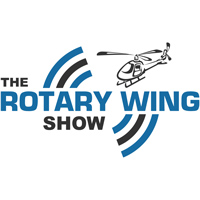Podcast: Play in new window | Download
Subscribe: RSS
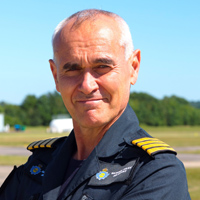
Learn about multiengine helicopter operations in this episode. A great primer for those that have only flown single engine machines and hopefully a useful refresher others.
Putting this together has been a great refresher for me personally as it is just over 10 years since I last flew anything with a second engine. Thankfully though we’ve got someone with a lot more experience than me to help us cover the topic.
Jim Vince is currently a pilot for the UK National Police Air Service flying an Airbus EC135 over London and the surrounding areas. Jim has 25 years experience in the helicopter world. Before that he spent 10 years as an engineer in the New Zealand Army.
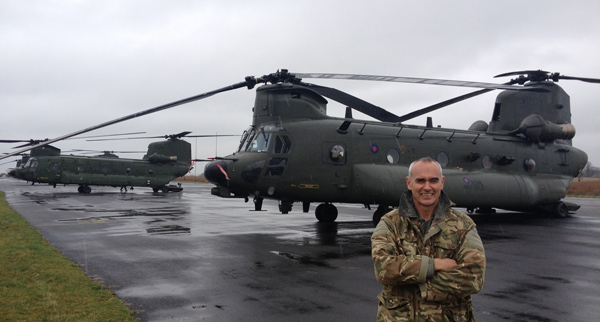
His first helicopter role was as a reconnaissance pilot flying Kiowa (Bell 206) in the Australian Army then transferring onto CH-47 Chinooks where he was a troop commander, chief instructor and then Sqn commander and lead an Australian Chinook deployment to Iraq.
Jim then moved to the UK and served with the RAF first as an instructor on AS350 Squirrel on the UK Defence Squirrel Basic Course then on the Bell 412 for the Advanced course. He ended back up on Chinooks then got out of the services and did some consulting work before instructing on the UK Army Advanced course in AS350 Squirrels once again covering everything from formation to NVG to Instrument flying.
Hours wise Jim is sitting around 4200 hours helicopters at the time of recording and another 1100 fixed wing. He holds ATPL Helicopter and Aeroplane, CIR Multi Heli + Aeroplane, Flight Instructor and is endorsed on types – R22, R44, B206, AS350, AS355, EC135, Bell412, Chinook and Augusta 109.
That’s just the highlights and with Jim’s mixed background flying and instructing in both singles and multi engine types he made a good candidate to tackle the intro to multi engine operations which is the topic today.
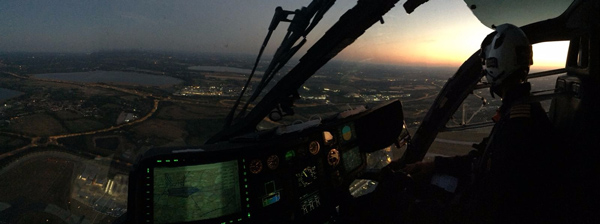
Some of the things covered in this podcast episode:
Multi-engine power application to transmissions
How power from engines mixed/transferred to single transmission
How engine ECU/FCUs talk to each other
Engine start process
APUs/starters
Dual starts
Throttle control of two engines
Locations – Overhead panels, collective levers
General manipulation
Emergencies: primarily achieving a safe flight configuration
Single Engine: enter autorotation… assess when you can…
Multi-Engine: achieve OEI flight then assess
Departure & Arrivals:
Single Engine: Avoid curve.
Multi-Engine: Single engine profile ensuring safe landing with no injury to crew/pax or damage to aircraft/property.
Risk balance – exposure time vs flight manoeuvre
Flyaway – F1, F2, F3 External loads/external full tanks jettison
Terms – Vtoss, Vy, CAT A, Performance Class PC1 vs PC2, PC2 limited exposure
En route planning and considerations.
SE: safe point of landing.
ME: drift down altitude & alternate landing. PNR, Critical Pt planning
CRM:
Single / Multi Engine: Single Crew
Multi Engine: Multi Crew
Identify, Confirm, Select
Podcast: Subscribe in iTunes | Play in new window | Download
Links from this week’s episode:
Support the podcast on Patreon
Video showing gearbox arrangement for how power from two engines is mixed into the main transmission.
[leadplayer_vid id=”5B9CCFAA465F4″]
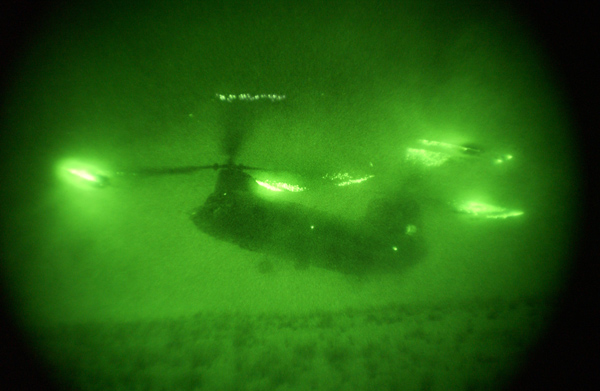
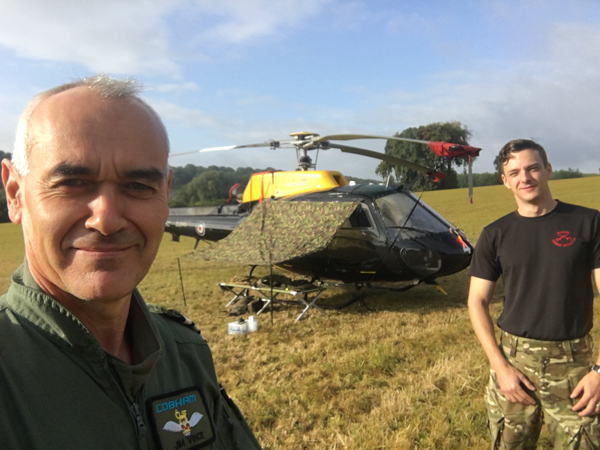
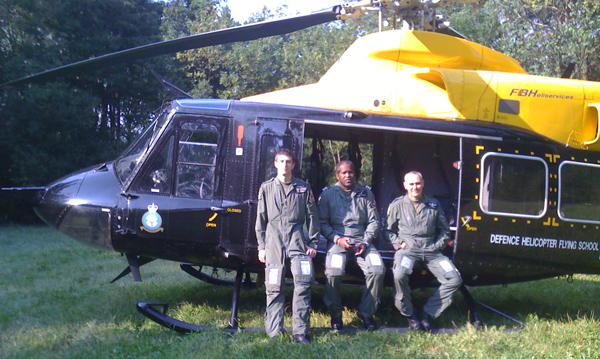
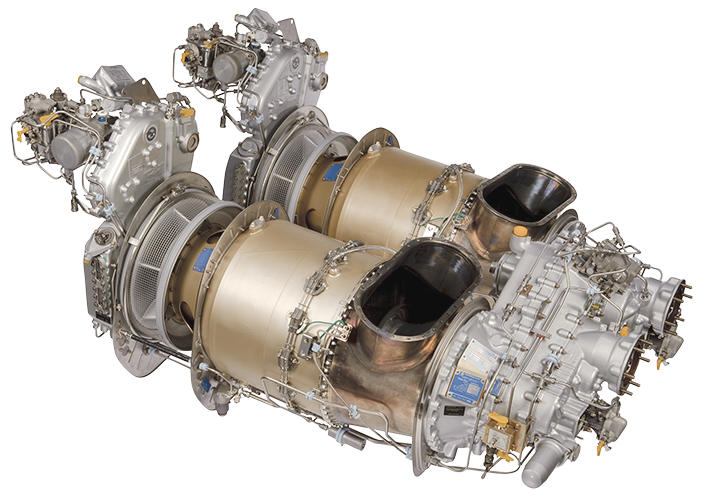
Be part of the conversation by leaving a comment below.
